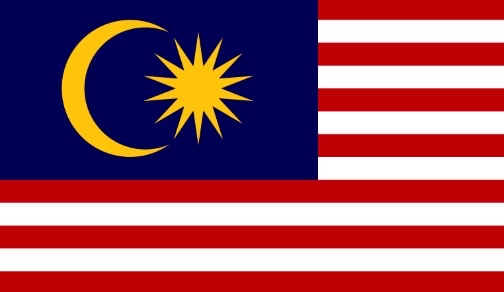Assessing the relationship between environmental factors and malaria vector breeding sites in Swaziland using multi-scale remotely sensed data

Published: 3 June 2015
Abstract Views: 3842
PDF: 1537
HTML: 1738
HTML: 1738
Publisher's note
All claims expressed in this article are solely those of the authors and do not necessarily represent those of their affiliated organizations, or those of the publisher, the editors and the reviewers. Any product that may be evaluated in this article or claim that may be made by its manufacturer is not guaranteed or endorsed by the publisher.
All claims expressed in this article are solely those of the authors and do not necessarily represent those of their affiliated organizations, or those of the publisher, the editors and the reviewers. Any product that may be evaluated in this article or claim that may be made by its manufacturer is not guaranteed or endorsed by the publisher.
Similar Articles
- Laura Rinaldi, Vincenzo Musella, Annibale Biggeri, Giuseppe Cringoli, New insights into the application of geographical information systems and remote sensing in veterinary parasitology , Geospatial Health: Vol. 1 No. 1 (2006)
- Erika Rossi, Laura Rinaldi, Vincenzo Musella, Vincenzo Veneziano, Sabrina Carbone, Luigi Gradoni, Giuseppe Cringoli, Michele Maroli, Mapping the main Leishmania phlebotomine vector in the endemic focus of the Mt. Vesuvius in southern Italy , Geospatial Health: Vol. 1 No. 2 (2007)
- Agustin Estrada-Peña, Zati Vatansever, Aysen Gargili, Turan Buzgan, An early warning system for Crimean-Congo haemorrhagic fever seasonality in Turkey based on remote sensing technology , Geospatial Health: Vol. 2 No. 1 (2007)
- Lawrence N. Kazembe, Christopher C. Appleton, Immo Kleinschmidt, Spatial analysis of the relationship between early childhood mortality and malaria endemicity in Malawi , Geospatial Health: Vol. 2 No. 1 (2007)
- Vincent Martin, Lorenzo De Simone, Juan Lubroth, Pietro Ceccato, Véronique Chevalier, Perspectives on using remotely-sensed imagery in predictive veterinary epidemiology and global early warning systems , Geospatial Health: Vol. 2 No. 1 (2007)
- Olivier J.T. Briët, Penelope Vounatsou, Priyanie H. Amerasinghe, Malaria seasonality and rainfall seasonality in Sri Lanka are correlated in space , Geospatial Health: Vol. 2 No. 2 (2008)
- Yves M. Tourre, Jean-Pierre Lacaux, Cecile Vignolles, Jacques-André Ndione, Murielle Lafaye, Mapping of zones potentially occupied by Aedes vexans and Culex poicilipes mosquitoes, the main vectors of Rift Valley fever in Senegal , Geospatial Health: Vol. 3 No. 1 (2008)
- Fabienne Marechal, Nathalie Ribeiro, Murielle Lafaye, Antonio Güell, Satellite imaging and vector-borne diseases: the approach of the French National Space Agency (CNES) , Geospatial Health: Vol. 3 No. 1 (2008)
- César Capinha, Eduardo Gomes, Eusébio Reis, Jorge Rocha, Carla A. Sousa, V. E. do Rosário, A. Paulo Almeida, Present habitat suitability for Anopheles atroparvus (Diptera, Culicidae) and its coincidence with former malaria areas in mainland Portugal , Geospatial Health: Vol. 3 No. 2 (2009)
- Anna-Sofie Stensgaard, Christopher F.L. Saarnak, Jürg Utzinger, Penelope Vounatsou, Christopher Simoonga, Gabriel Mushinge, Carsten Rahbek, Flemming Møhlenberg, Thomas K. Kristensen, Virtual globes and geospatial health: the potential of new tools in the management and control of vector-borne diseases , Geospatial Health: Vol. 3 No. 2 (2009)
You may also start an advanced similarity search for this article.











